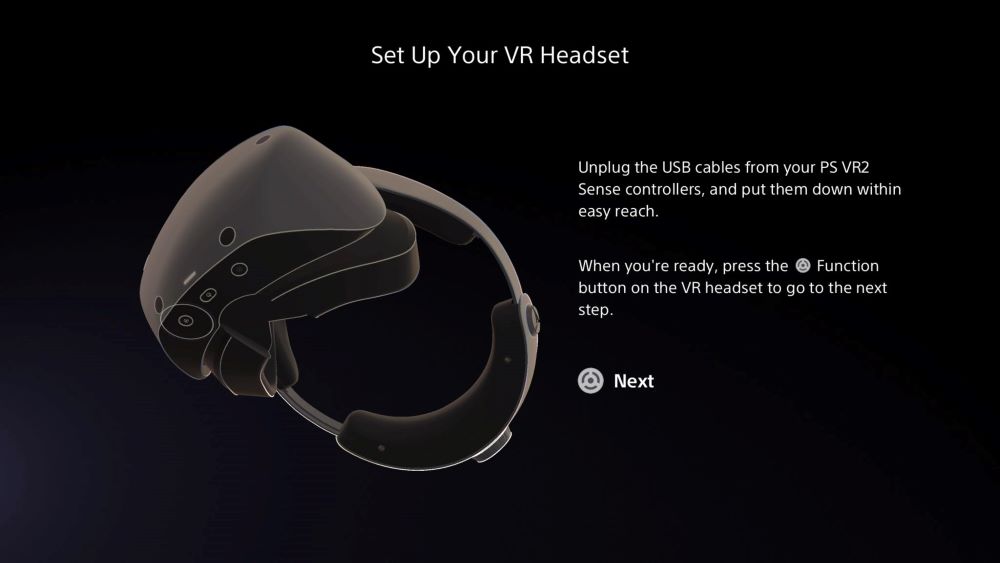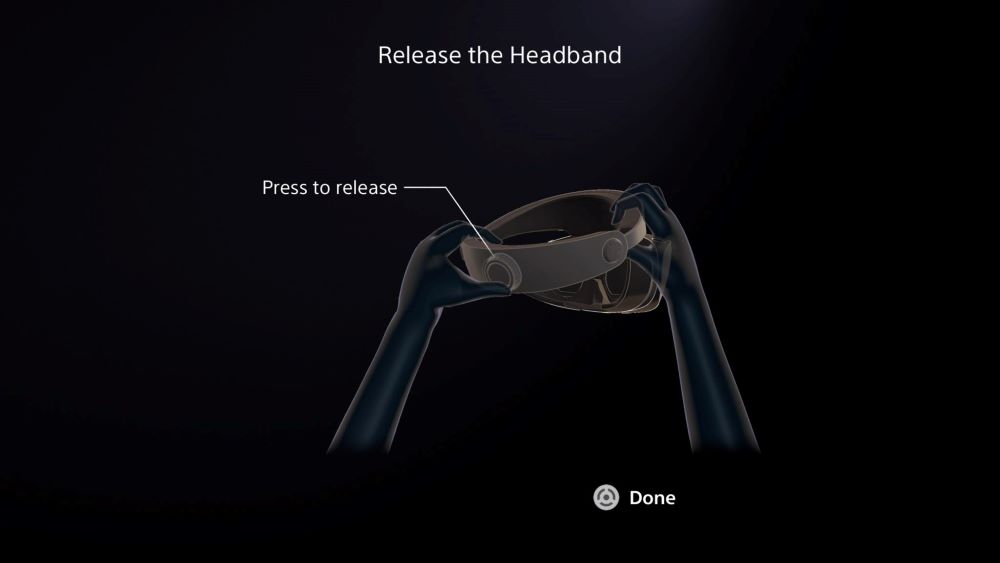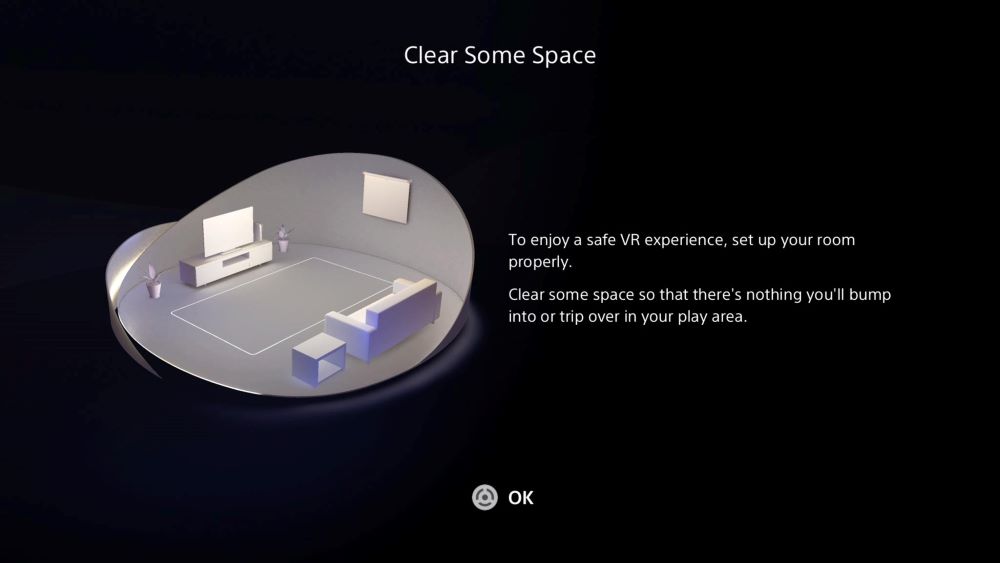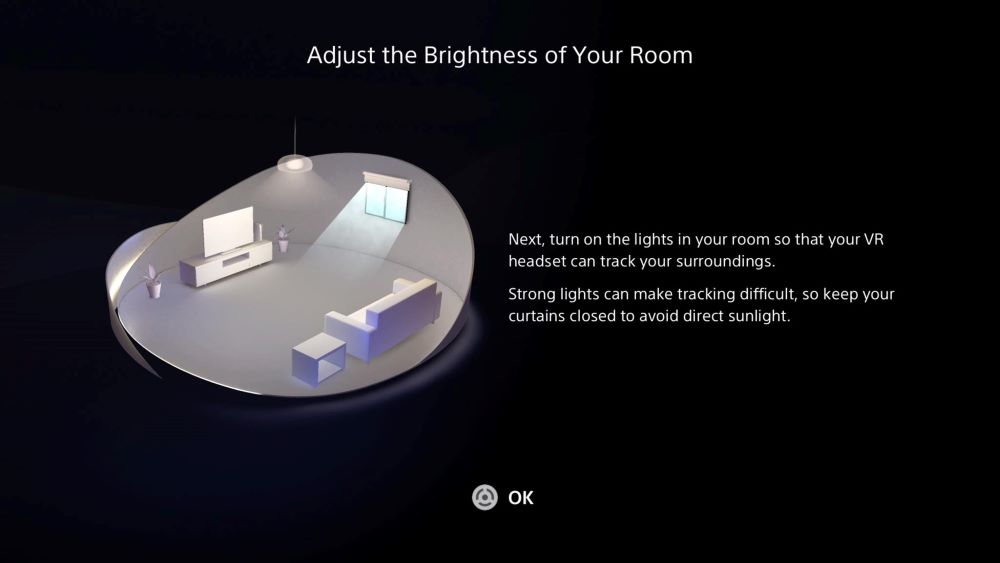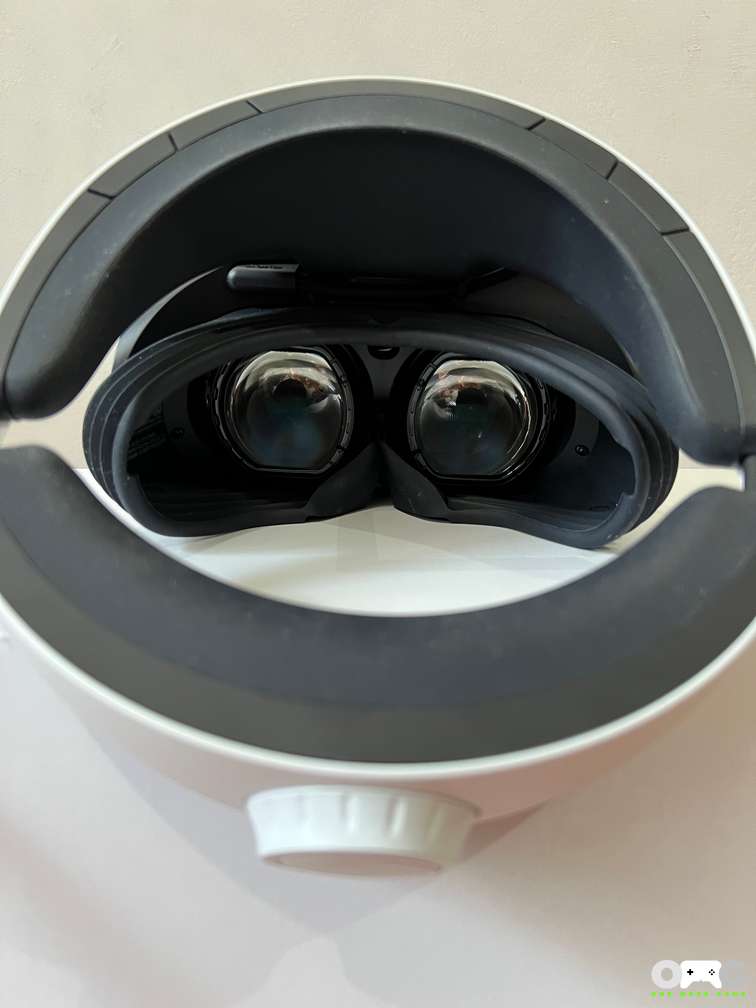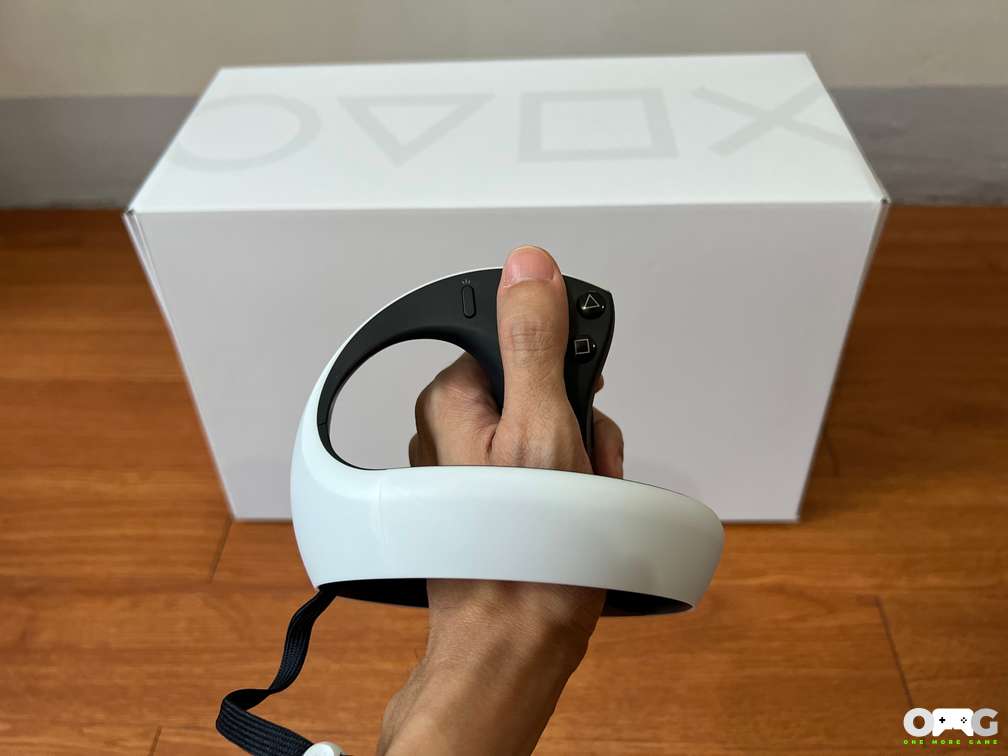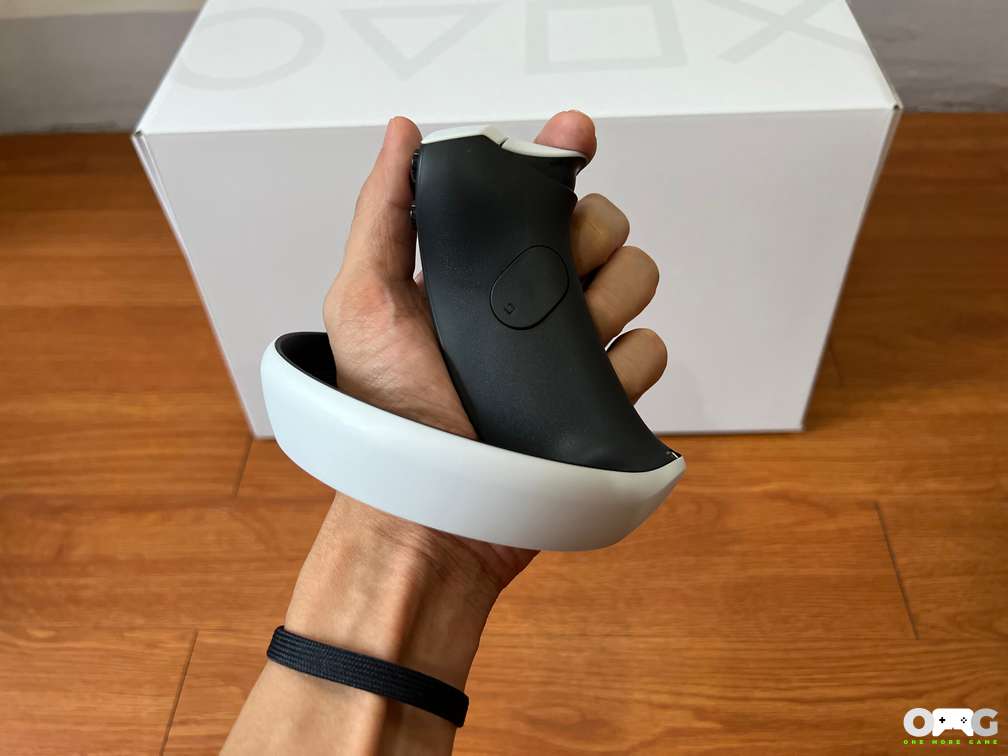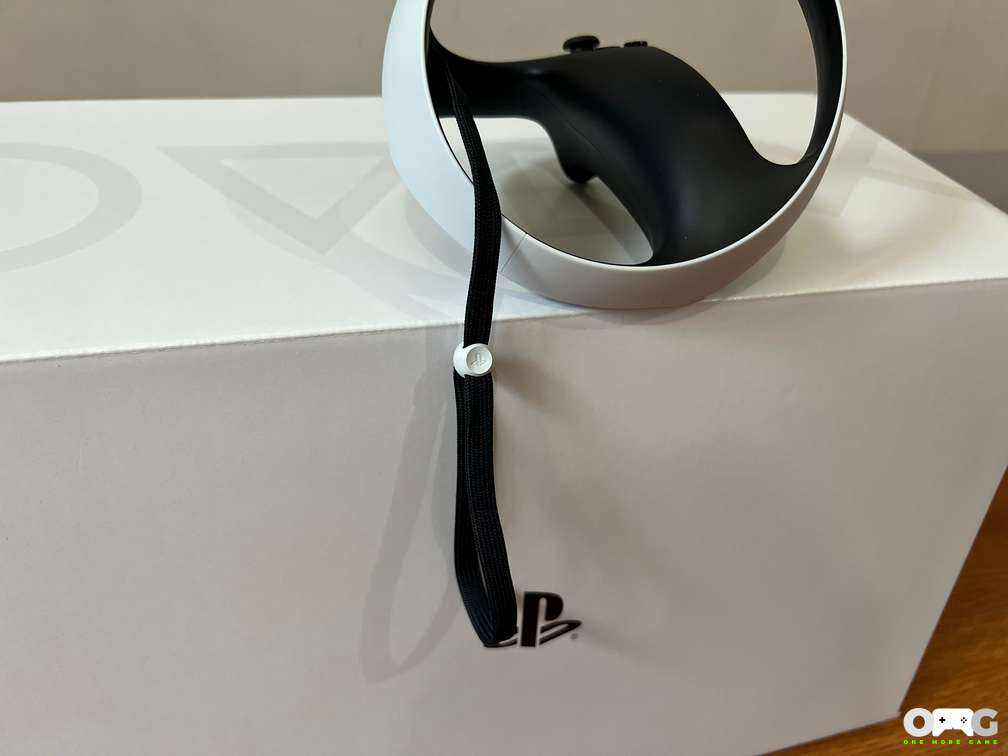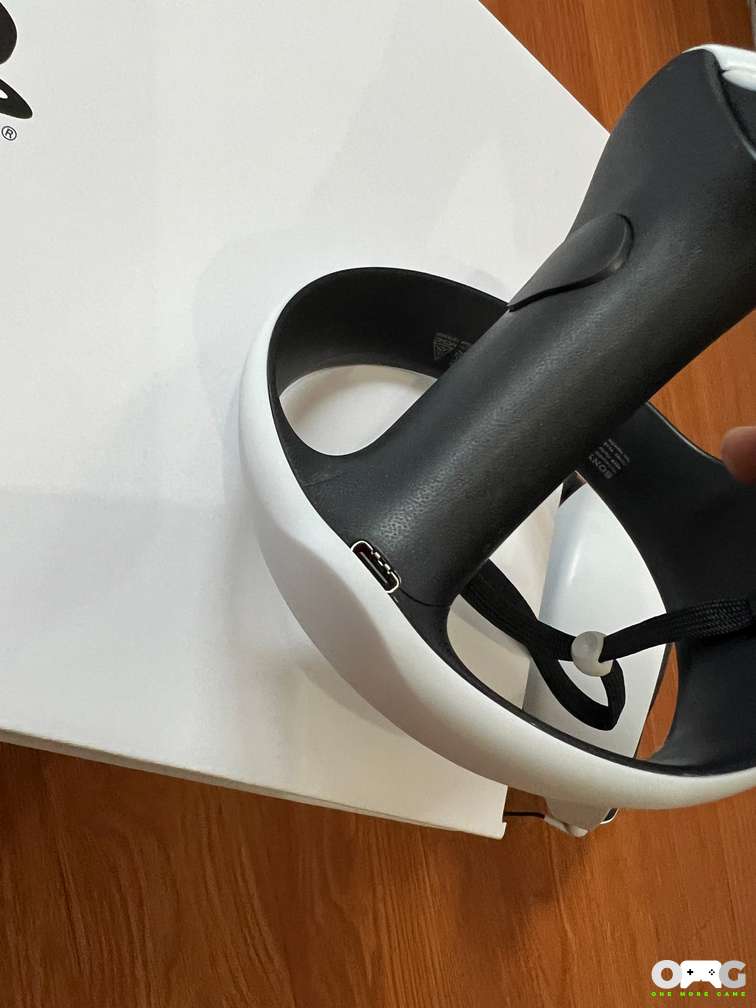PS VR2 Review – Feel a New Real
The PS VR2 is finally here, and after more than 6 years since the first iteration was released, VR enthusiasts and first-timers can look forward to a proper current-gen experience through a different lens.
The PS VR2 retails for PHP 34,790 ($550) in the Philippines, and at a price point that’s slightly more expensive than a PS5, the barrier of entry is admittedly tough to break. Considering that you’ll also need an actual PS5 to make the thing work, you’re looking at an initial investment of at least PHP 65,000 ($1050) for a “feel of a new real,” as indicated in Sony’s marketing efforts.
In this review, I’ll be laying down the facts after two weeks of using the highly-touted headset, and by the end of this, I’m hoping that I’ve helped you make up your mind on whether this hardware is for you or not.
As a disclaimer, we’ll be looking at this from the point of view of a VR newcomer. I’ve personally only used the first PS VR headset a few times, too little to give a proper impression of the hardware, so what you’ll be reading is a straight-up review of the PS VR2 with little to no comparisons to other headsets in the market such as the Meta Quest or the Valve Index.
Table of Contents
PS VR2 Review – What’s in the box?
The PS VR2 is an impressive piece of technology, but surprisingly, it doesn’t come with too many items out of the box. In fact, outside of an additional charging cable for the Sense Controllers and the wired earbuds, the package only really comes with 3 main pieces, and it’s all you’ll really need to get that it running.
Here’s what you get in the box:
- PS VR2 Headset
- PS VR2 Sense Controllers (Left and Right with safety straps)
- 3.5mm Wired Earbuds
- USB-C Cable (for controller pairing and charging)
- Two extra sets of earpieces
- Printed materials


In this case, less is indeed more, and the distinct “lack” of components is certainly a huge upgrade from the first release. Not only do you get fewer wires and plugs, eliminating a lot of unnecessary hardware in the process, but it’s also something really streamlined that can get you playing in a matter of minutes.
Additionally, the box that it comes with can serve as a container of sorts when you’re not using it. It’s not as complicated to store compared to a PS5, and the box is designed in such a way that you can simply plop the pieces down and get them packed within seconds. It’s a pretty thoughtful thing for Sony to do, considering that the hardware isn’t as easily swept aside as the DualSense Edge Controller or the Pulse 3D Headset.

PS VR2 Review – Specs and Standout Features
Here are the specs of Sony’s new VR headset:
| Display method | OLED |
| Panel resolution | 2000 x 2040 per eye |
| Panel refresh rate | 90Hz, 120Hz |
| Lens separation | Adjustable |
| Field of View | Approx. 110 degrees |
| Sensors | Motion sensor: Six-axis motion sensing system (three-axis gyroscope, three-axis accelerometer) Attachment sensor: IR proximity sensor |
| Cameras | 4 embedded cameras for headset and controller tracking IR camera for eye tracking per eye |
| Feedback | Vibration on headset |
| Communication with PS5 | USB Type-C |
| Audio | Input: Built-in microphone Output: Stereo headphone jack |
Additionally, here’s what you can expect from the Sense Controllers:
| Buttons | Right – PS button, Options button, Action buttons (Circle / Cross), R1 button, R2 button, Right Stick / R3 button Left – PS button, Create button, Action buttons (Triangle / Square), L1 button, L2 button, Left Stick / L3 button |
| Sensing/Tracking | Motion Sensor: Six-axis motion sensing system (three-axis gyroscope + three-axis accelerometer) Capacitive sensor: Finger touch detection IR LED: Position tracking |
| Feedback | Trigger effect (on R2/L2 button), haptic feedback (by single actuator per unit) |
| Port | USB Type-C |
| Communication | Bluetooth Ver5.1 |
| Battery | Type: Built-in lithium-ion rechargeable battery |

Considering the price, you’re getting a real bargain here just in terms of specs alone. The PS VR2 is capable of spitting out 4K HDR visuals at up to 120fps (for supported software), which is seriously impressive given its price point. These specs aren’t simply for show, and users will immediately see the difference, thanks to the OLED displays that can push out deep blacks and vivid colors.
A couple of things that stand out from the spec sheet are its IR cameras used for eye tracking and the use of a single USB-C cable to connect to the PS5. The eye tracking feature is very impressive, especially for software that uses it like Horizon Call of the Mountain, where you can even shuffle through menus and options just by looking at them.
The eye tracking feature is paired with what’s called Foveated Rendering, which basically puts a clearer focus on the part of the screen you are looking at while lowering the render quality of surrounding parts. This allows the software (and hardware) to perform better due to less processing power needed, but this is also something that will take getting used to.
I can imagine that this feature will help developers optimize games to use less processing power and point it toward something else, but it hasn’t struck me in a positive way so far. In my experience, it took me time to adjust to the feature, making me feel like my prescription glasses were too small and seeing stuff in my periphery that was a bit blurry compared to where my focus was.
Only time will tell if eye tracking can be utilized well enough by developers in interesting ways.
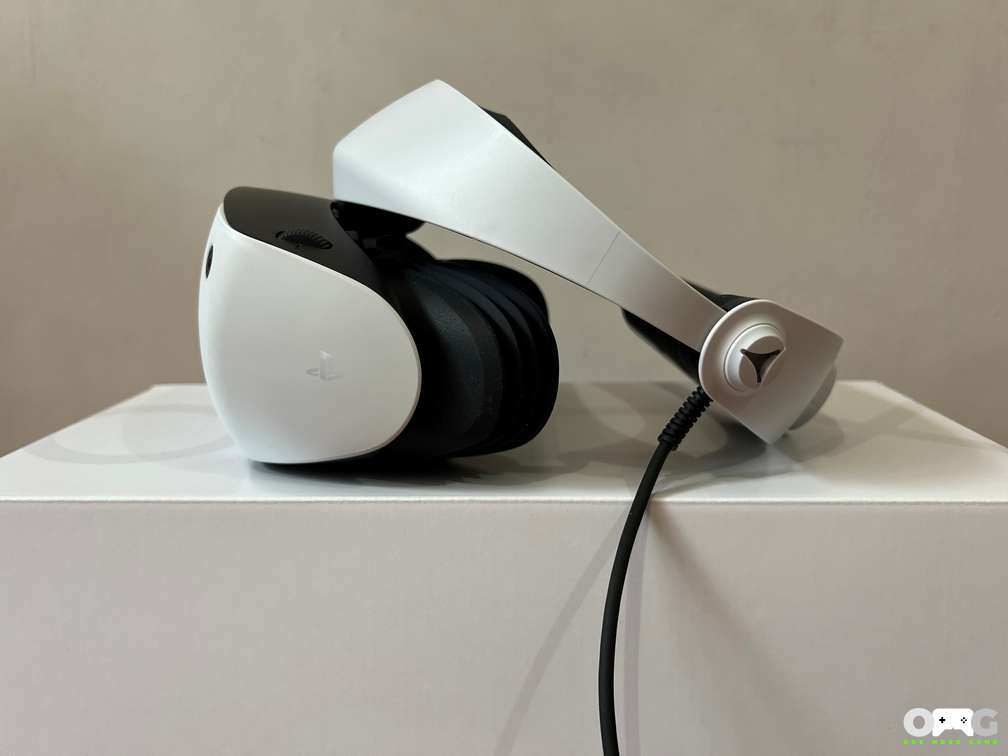
Lastly, the PS VR2 headset also supports haptic feedback. It is quite mild and not as intense enough to give motion sickness, so it simply adds to the immersion more than anything. It’s not something that I would hold in high regard at this point, and I wouldn’t mind it if it was gone, but being there provides another layer to the experience.
Going back to its single USB-C connection, also seen in the previous section above, it certainly feels like Sony has listened to PS VR1 complaints and has addressed the need for multiple pieces of hardware just to make it work. Now, all you need is to plug in the cable and you’re ready to start the setup, which I’ll explain in the next section.
In case you’re wondering though, no, it doesn’t work on a PC. Officially. I’m guessing some techie person is out there tinkering with it right now trying to crack the code.
PS VR2 Review – Headset Feel and Setup
I’ve said that setting up the PS VR2 is a breeze, and it really is, especially for someone that’s a VR newbie like me. The single cable setup makes it idiot-proof, and all you need to do is to plug in the cable to the USB-C slot on your PS5 (the front slot will do) and turn the headset on to start the process. But before that, impressions first.
The headset is very light and actually lighter than I would have imagined. For the technology that it packs, the hardware is very comfortable and can be used for long sessions if you can handle playing VR for an extended amount of time. There’s a button that can be pressed to adjust the visor distance from your face, and another button that can be pressed to open up the band and twisted to tighten it. If anything, my only complaint is the amount of forehead sweat that can accumulate because of the rubber lining, but the halo design is definitely a winner.
I wear glasses, and there’s enough room in the headset to accommodate it without placing any pressure on the sides of my head like I was wearing headphones. Additionally, the visor creates a very good seal around the eye area, blocking out light and fully immersing you in the experience.
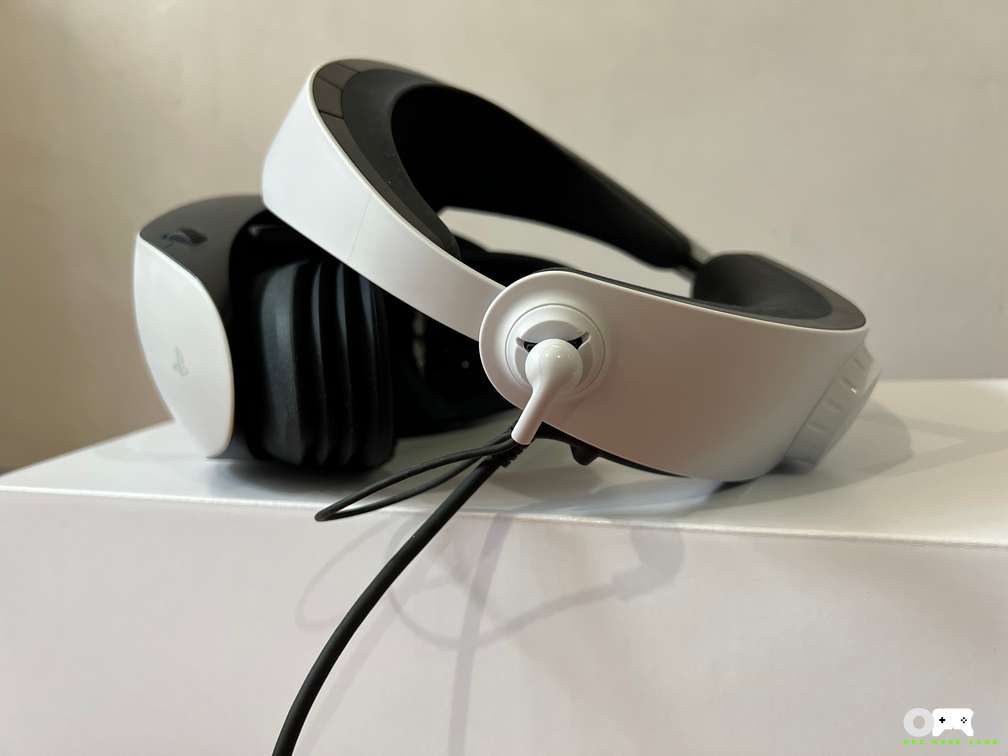
Speaking of headphones, there’s a 3.5mm jack to plug in the included earbuds. The design is quite nice and doesn’t interfere at all with any of the components. As you can imagine, the earbuds sound decent enough and work well with 3D audio, but don’t expect audiophile-quality output. The headset itself doesn’t include speakers, so this is a good alternative.
If you don’t like earbuds, you can also use Sony’s Pulse 3D Headset, which can fit over the PS VR2 headset properly. These can be used either wireless or wired, so take your pick.
The setup instructions are very clear and easy to follow. There are a number of steps that will guide you through adjusting the headset and visor for a good fit, adjusting the lens distance, and even separate steps for the Sense Controllers, which I’ll get to later.
Check out just some of the steps to set up the device below:
The PS VR2 will allow you to adjust your play area, which I assume is a standard feature across other headsets as well. You can scan your surroundings to create a safe area to play on, and the headset will warn you should you come close to an obstacle, which is a great touch, especially for players who prefer to use the headset while standing.
If you’re like me who prefers to play while seated, the headset can also create a much narrower play area, which will also warn you when you are close to breaching the boundary. It also helps that the cable doesn’t get in the way of playing and is light enough, despite its 4-meter length, that it is almost a non-issue.
The PS VR2 also has a passthrough function that will allow you to see your surroundings at the press of a button. This is very convenient and useful for a number of scenarios (adjusting yourself in your playing space, picking up the Sense Controllers, getting a drink, etc.) so it’s great that it can be enabled rather easily.
One thing I did notice is that the clarity presented by the OLED display is supremely impressive, but there’s a very small sweet spot for this. Move out of this sweet spot, and you’ll immediately get a blurry image. Adjusting the headset for a good fit will help, but I wish the allowance for visual clarity was a bit more generous.
A big question that I’ve been asked is if I’ve felt motion sickness while using it, and while I don’t have any point of comparison to other headsets, I can say yes and no to a certain degree. The headset is super comfortable, so I cannot possibly attribute motion sickness to fit or sizing problems.
One big consideration for potential PS VR2 buyers is if they can handle motion sickness during gameplay, and from my experience with a number of games like Horizon Call of the Mountain, Gran Turismo 7, Resident Evil Village, and more, I can say that it varies from game to game.
During Horizon Call of the Mountain, my experience was fairly comfortable, with hints of motion sickness only when getting too close to certain objects and terrain. In wide open spaces and combat sequences, I had no problems at all. I cannot say the same for Gran Turismo 7, and while it does capture the feel of a powerful sports car racing through the track, the queasiness sunk in pretty quickly and my stomach was turning even before the second lap. Mileage will certainly vary.
PS VR2 Review – Sense Controllers Feel and Setup
Next up, the Sense Controllers. While shaped weirdly, these controllers actually feel very sturdy but lightweight at the same time. They’re very easy to pick up and place on your hands, and it’s very nice that there’s a safety strap attached that can easily be adjusted to fit various hand sizes.
Pairing both to the headset and PS5 is painless as well, and is part of the overall PS VR2 setup, so there’s no way to accidentally miss out on them. If anything, detecting them by connecting them to the PS5 using a USB-C cable is the only tedious thing to do in the process.
As a newcomer to VR, the way the buttons are separated could take getting used to, especially if you’ve been using a normal PlayStation controller where all of the icon buttons are utilized by your right hand. This falls on the software to make the button mapping intuitive, and so far while playing games like Horizon Call of the Mountain, Moss 2, and others, playing using the Sense Controllers felt very natural.
Since the Sense Controllers are wireless, you’ll need to charge them every so often, and the battery life on these isn’t that good. Based on my experience, they would last me about 3-4 hours on a full charge before I need to charge them again, and like the DualSense Edge, I’d imagine that this could vary on a game-to-game basis.
When you think about the battery life, 3-4 hours is dismal, but then again, VR sessions don’t usually tend to go more than a couple of hours. By the time you’re done playing, it would be wise to charge the Sense Controllers again before stashing them away for the next session.
Charging them isn’t a pleasant experience. Since they’re separate controllers, you’ll also have to charge them separately using a USB-C cable. The PS VR2 package only includes one cable, so if you don’t have an extra one lying around, you’ll be charging the Sense Controllers one at a time unless you purchase an extra accessory like the Sense Controller Charging Station.
Similar to the DualSense, these Sense Controllers are also equipped with haptic feedback and adaptive triggers, so you can expect the same immersive experience should the games support the feature.
PS VR2 Review – Games I’ve Tried
Over the time I’ve spent with the PS VR2, I’ve had the pleasure to try out the following titles:
- Horizon Call of the Mountain
- Kayak VR: Mirage
- Moss I and Moss II
- Thumper
- Rez Infinite
- Tetris Effect: Connected
- Gran Turismo 7
- Resident Evil Village
If Astro’s Playroom serves as a sort of tech demo to showcase the capabilities of the PS5, I would say that Horizon Call of the Mountain serves the same purpose for the PS VR2. The game looks stunning, and it takes advantage of previously mentioned features such as eye tracking, foveated rendering, and others very well. I’ll have a full review of the game soon, so watch out for that!
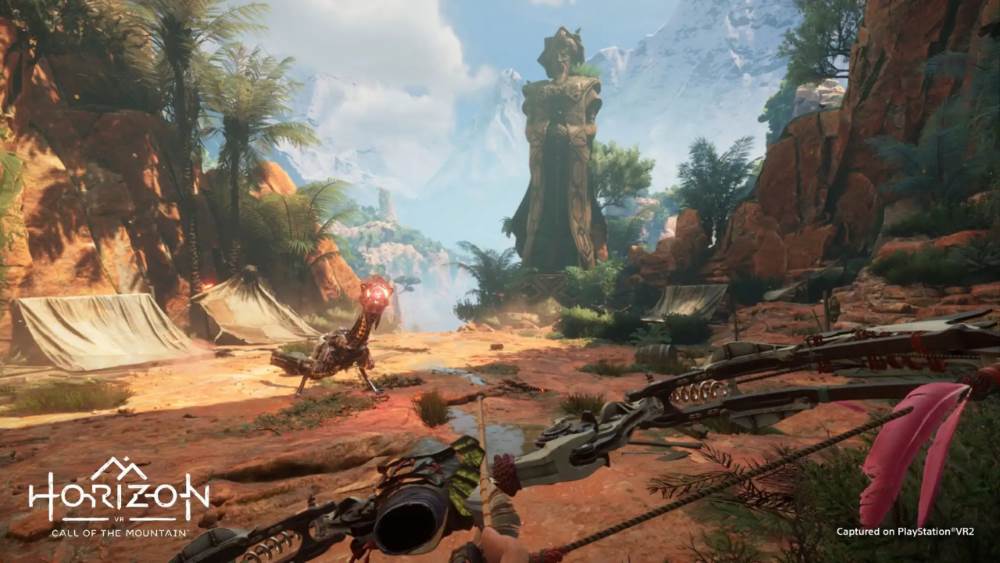
Thumper, Rez Infinite, and Tetris Effect: Connected are all previously released titles that have been updated to be compatible with the headset, and they’re as fun and as eye-catching as ever before.
Sadly, as good as the VR implementation is on Gran Turismo 7, my experience with it was highly unpleasant. Don’t get me wrong, the visuals look amazing, and getting to look around while driving at top speeds is definitely a thrill, but motion sickness sank in pretty quickly for me, and I couldn’t handle playing with it for more than a few laps. I’ll be trying it out more to see if it’s something I can get used to.
Resident Evil Village was the exact opposite, and I enjoyed every second of it with minimal motion sickness. While the game itself is normally played in the first-person mode, transitioning to playing it using a VR headset is a fantastic experience and it really makes me look forward to how the Resident Evil 4 Remake will utilize the PS VR2.
Lastly, I also tried playing other games using the built-in cinematic mode, and it produced great results especially because the output is at 4K HDR at up to 120fps for titles that support it. Technically speaking, the PS VR2 can serve as your screen when playing games because of its fantastic OLED display, and while the VR features won’t be fully utilized due to compatibility issues, playing games on the headset like the Dead Space Remake proves to be a great experience.
PS VR2 Review – Killer Apps
In my opinion, the PS VR2 has one glaring problem apart from its price point and that’s the software pipeline. Despite revealing an impressive launch window lineup of games, a good number of them are ports and compatibility updates of old titles.
Horizon Call of the Mountain is its flagship game but is hardly a system seller, depending on who you ask. Based on marketing efforts, Sony seems to be fully supportive of the hardware, so it goes without saying that the company is also working hard to get in touch with developers to produce games for it. Since the headset lives in a closed PS5 ecosystem, many VR titles on the PC are unavailable to use, but the likes of Beat Saber are coming eventually.
At the moment, getting players to fully embrace the PS VR2 is going to be tough, but with more titles down the line and hopefully, some killer apps like Half Life: Alyx, it could be a staple addition to the millions of PS5s around the world.
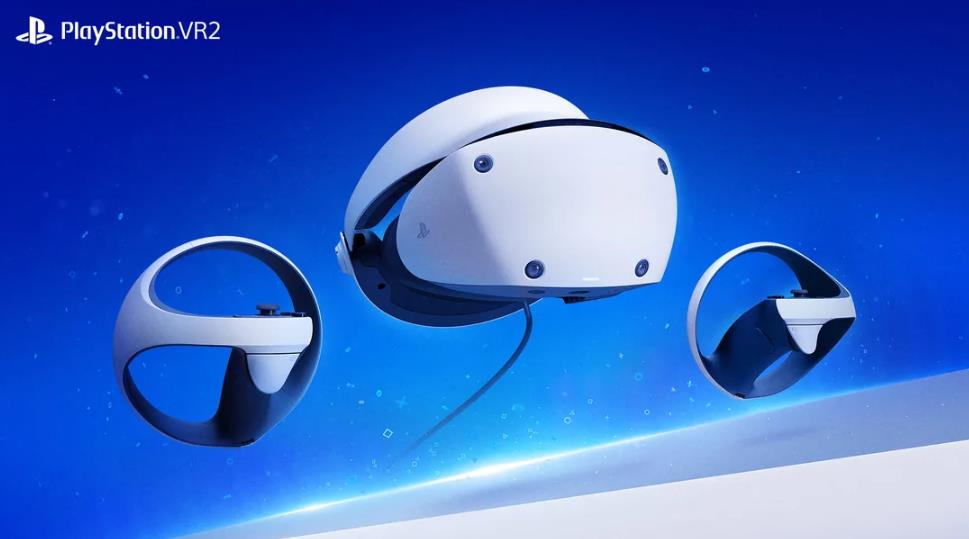
What We Liked:
- Comfortable enough for extended sessions of play
- Setup is almost literally a plug-and-play affair
- The OLED panels are mighty impressive
- Lightweight, and cable isn’t a bother at all while playing
- Price is reasonable for the technology you get
- Passthrough is a very welcome feature
What We Didn’t Like:
- Visual sweet spot is hit or miss, with a very narrow margin before it starts to blur
- Foveated rendering might not be for everybody
- Battery life on the Sense Controllers is dismal
- Price is more expensive than a PS5
- Lack of a killer app
Verdict: Super Piece of Tech, but Software Library Needs to Catch up
The PS VR2 is a seriously impressive piece of technology at a very reasonable price point. Taken on its own, the value is astounding, but don’t forget that you’ll be needing a PS5 to even use it. The specs of the headset are among the best out there, and when paired with the Sense Controllers, work together to produce a fantastic experience.
As with VR headsets, motion sickness is a real issue, so this might not be for everybody. Some are more tolerant than others, and even if you’re open to trying it out, motion sickness is a huge obstacle to overcome. The PS VR2 does its best to minimize it, and its lightweight build and amazing comfort really help to ease you in.

